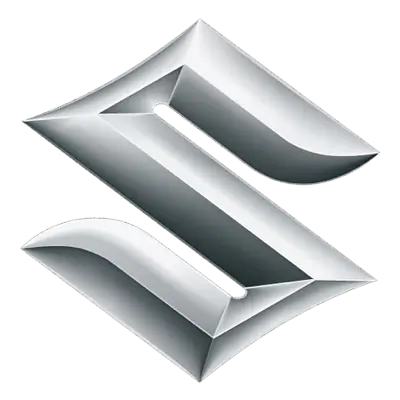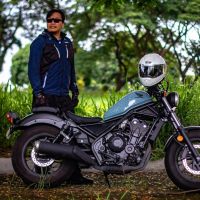![From the horse's mouth: Moto Manufacturers share riding tips for the rainy season 01]()
“If you don’t ride in the rain, you don’t ride,” says an old biker adage. Yet, riding in wet conditions could be daunting for some because you have limited traction and reduced visibility.
To remedy this, the Motorcycle Development Program Participants Association, Inc. (MDPPA) shares some essential tips for safer rides during the monsoons.
Invest in proper riding gear.
Aside from the required motorcycle helmet, it pays to invest in a high-quality riding jacket, pants, shoes, and gloves.
Riders can also wear reflectorized rain gear (raincoats and rain pants) for more visibility on the road in case the rain gets too intense. They can also upgrade the helmet that they are using by investing in a helmet visor with an anti-fog insert to prevent fogging that will impair visibility.
Finally, riders can also wear non-slip riding shoes that offer waterproof protection, breathability for the skin, and better traction on the motorcycle’s foot pegs, especially during wet weather conditions.
Do a pre-ride inspection checklist whenever possible.
The pre-ride inspection checklist, or T.C.L.O.C.S, is an acronym for what specific parts to check before riding.
Tires and wheels - follow correct tire pressure and check spokes for damages.
Controls – inspect brakes or clutch levers, switches, cables, etc.
Lights and electricals - assess the brightness of lights and the battery's condition.
Oil and other fluids – check the engine oil level, brake fluid, and coolant level as well.
Chassis and other related parts – tighten loose fairings, bolts, and nuts and inspect chain slack.
Ensure the side and center stand are folded up before riding off.
Plan your route and avoid hazardous areas.
While it is still best to avoid riding in the rain, riders should plan their route carefully if it cannot be avoided. Consider the areas prone to flooding, standing water, or poor drainage. If possible, they can research alternative routes with better road conditions.
Stay alert and focused.
Riding during heavy downpours demands full attention. Riders should keep their eyes on the road ahead and anticipate potential hazards. You must watch out for pedestrians, cyclists, and other motorists affected by the rain.
They should also bear in mind the three fundamentals of safe riding: recognize, judge, and react accurately. Most motor accidents can be avoided if only the rider has accurate recognition and makes the proper judgment.
Are you now more confident to head out and ride in the rain?





